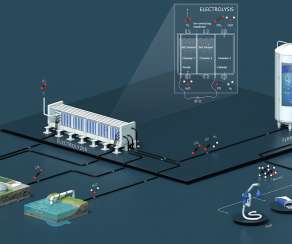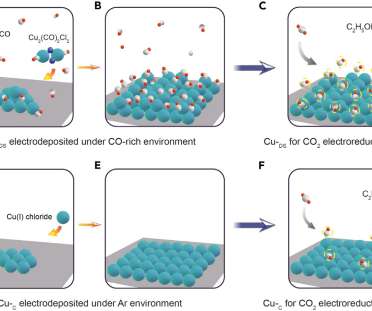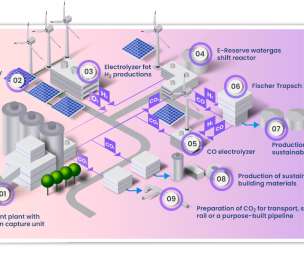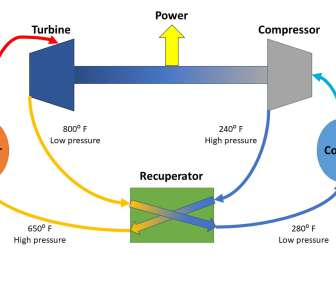Cambridge researchers develop standalone device that makes formic acid from sunlight, CO2 and water
Green Car Congress
AUGUST 24, 2020
The results, reported in the journal Nature Energy , represent a new method for the conversion of carbon dioxide into clean fuels. The wireless device could be scaled up and used on energy farms similar to solar farms, producing clean fuel using sunlight and water. —senior author Professor Erwin Reisner. Qian Wang et al.




































Let's personalize your content